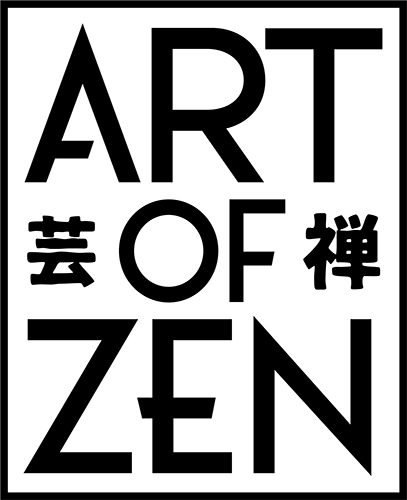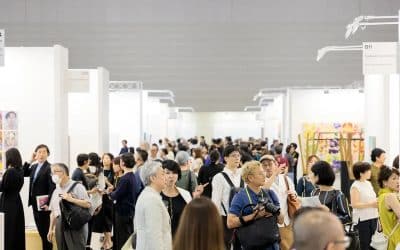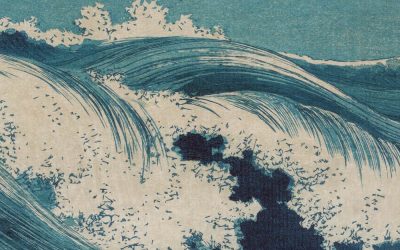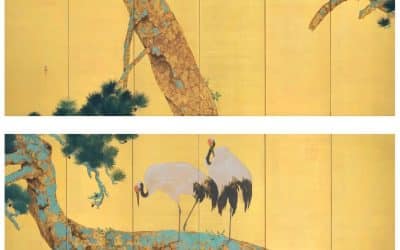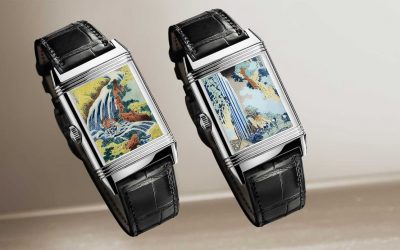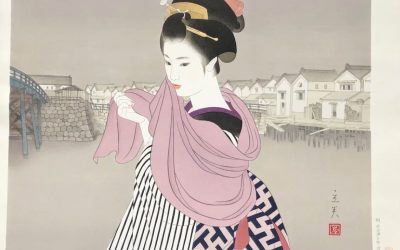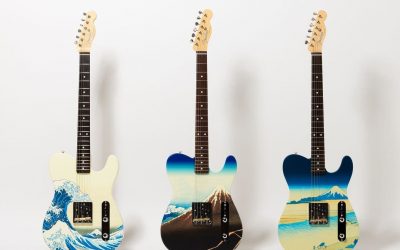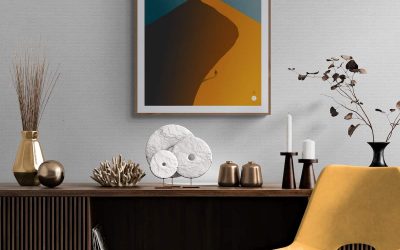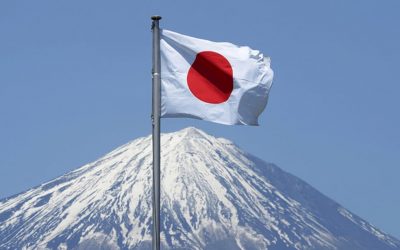Journey through whimsy and rebellion in the profound artwork of Yoshitomo Nara at Guggenheim Bilbao exhibition.
Japanese Art
Japanese art merges aesthetic, spiritual, and philosophical elements, showcasing tradition’s influence on modernity. This category delves deep into various aspects of Japanese culture, revealing the profound meanings embedded within its art.
Foo Dogs: Guardians of the Spiritual Realm
Foo Dogs serve as symbolic protectors in Japanese art and culture, not just decorative elements. These statues often guard the entrances of temples and homes, warding off evil spirits. The article on Foo Dogs in Japanese Art and Culture explores their origins. It highlights their role as protectors that blend myth with everyday life, safeguarding both physical and spiritual spaces.
Enso Circle: Embracing Imperfection
The Enso circle, a potent symbol in Zen Buddhism, represents enlightenment, the universe, and the void. Artists traditionally paint it in a single brushstroke. This technique captures the imperfection and transient nature of existence beautifully. Our exploration in The Enso Circle in Zen offers insights. It shows how this circle invites contemplation and embodies the spiritual journey of Zen practices.
Torii Gates: The Threshold Between Worlds
Torii gates symbolize the transition from the mundane to the sacred in Japanese culture. These iconic structures, discussed in The Enchanting World of Torii Gates in Japan, are not just architectural marvels. They also carry deep symbolism, marking Shinto shrine boundaries and offering pathways to the divine. They stand as serene invitations to step into a realm where nature and spirituality converge.
Wave Art: The Rhythm of Nature
Japanese wave art captures the sea’s unstoppable force and rhythmic motion. This theme is common in many famous woodblock prints. The article on The Significance of Japanese Wave Art examines how waves inspire artists like Hokusai and Hiroshige. The dynamic forms and powerful imagery of waves symbolize life’s unstoppable forces and nature’s cycles.
Conclusion: A Journey Through Japanese Art
This exploration of Japanese art offers more than aesthetic enjoyment. It opens a gateway to understanding the deep spiritual and philosophical underpinnings of Japanese culture. Each element, from Foo Dogs to Enso circles, from Torii gates to expressive wave art, enriches our appreciation. It invites deeper engagement with themes that resonate across time and culture in Japan. As we explore these artistic expressions, we gain insights into a culture that marries the visual with the spiritual. This creates a rich tapestry that continues to influence and inspire globally.
Why Tokyo Gendai 2024 was Spectacular
Tokyo Gendai Art Fair 2024 featured diverse contemporary artworks from 70 galleries and made a decisive mark on the global art market.
What You Should Know About Uehara Konen and Hatō zu
Here’s what to know about Uehara Konen, the master of shin-hanga, and his iconic Japanese wave art called Hatō zu.
11 Things to Know About Collecting Japanese Screens
Here are 11 things to know before embarking on your journey towards collecting Japanese screens, also known byōbu.
Art of Time: Jaeger-LeCoultre’s Reverso Tribute Enamel Hokusai Collection
It’s the fusion of art and precision in Jaeger-LeCoultre’s Reverso Tribute Enamel Hokusai collection limited edition watches.
Tatsumi Shimura: A Master of Japanese Modern Beauty
This is the legacy of Tatsumi Shimura, a master of modern Japanese art, known for his striking bijin-ga portraits.
Fender’s Artistic Fusion: Hokusai’s Ukiyo-e Adorns New Guitar Collection
Fender is introducing a new guitar collection featuring Hokusai’s iconic ukiyo-e art from Thirty-Six Views of Mt. Fuji.
The Dune Art Print: Embrace the Power of Persistence
Discover The Dune art print that blends traditional Japanese aesthetics with modern minimalism, to symbolize the power of perseverance.
The Rising Sun in Japanese Art and Culture
Why is Japan called the Land of the Rising Sun? Explore the significance of the red sun in Japanese art and culture.
